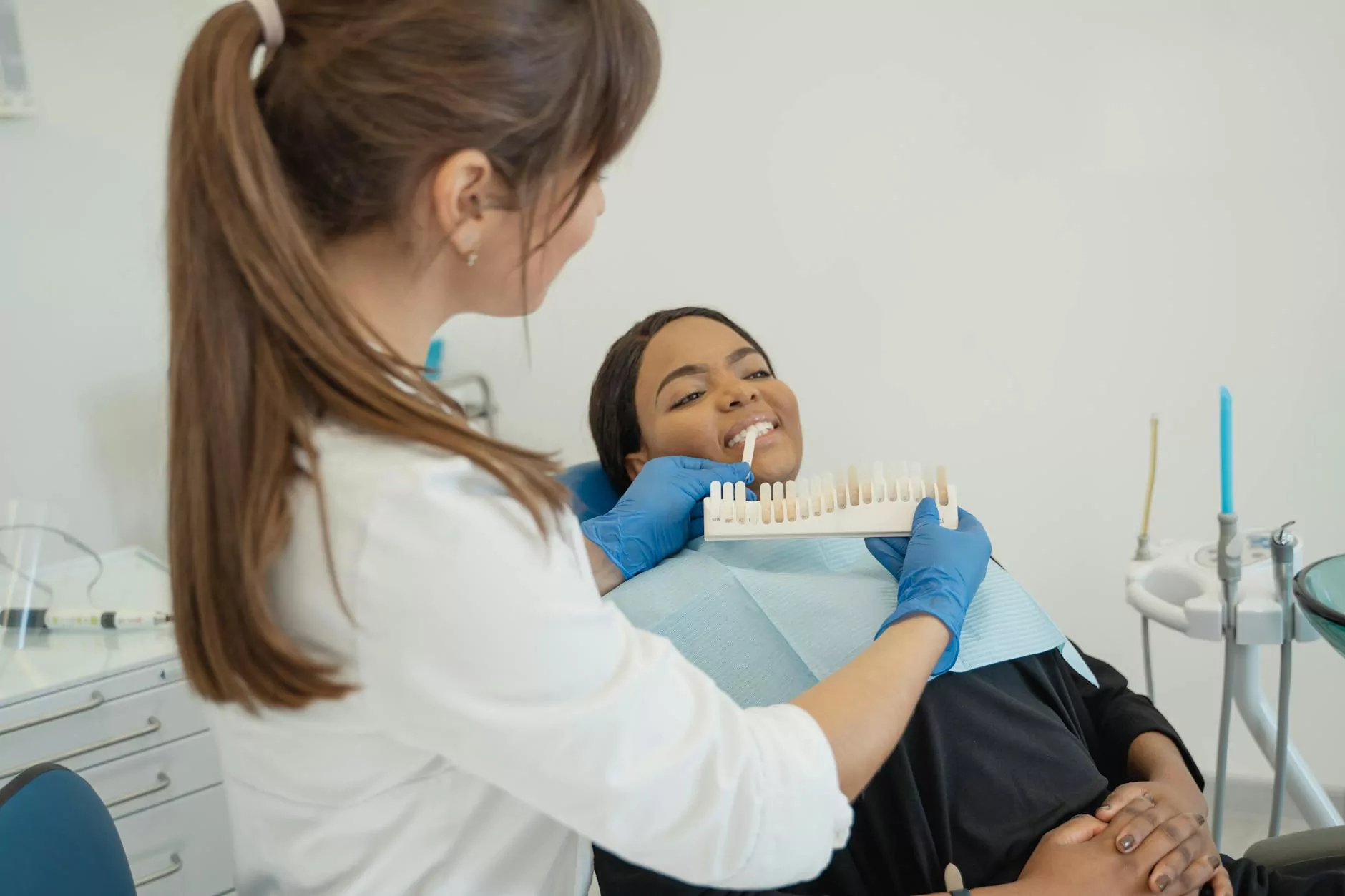Laparotomy Bilateral Salpingo Oophorectomy: A Comprehensive Overview

Understanding the Terms: What Does Laparotomy Bilateral Salpingo Oophorectomy Mean?
The term laparotomy bilateral salpingo oophorectomy combines several medical terms that denote a specific surgical procedure. Let's break down the components for better understanding:
- Laparotomy: This refers to a surgical incision into the abdominal cavity. It is typically performed to gain access to the internal organs for various medical procedures.
- Bilateral: This term indicates that the procedure is conducted on both sides. In this context, it refers to the removal of both ovaries and fallopian tubes.
- Salpingo: This word pertains to the fallopian tubes, which are critical components of the female reproductive system.
- Oophorectomy: This term signifies the surgical removal of one or both ovaries.
Indications for the Procedure
The laparotomy bilateral salpingo oophorectomy is usually recommended for various medical conditions, including but not limited to:
- Ovarian Cancer: A common reason for this surgery is the presence of malignant tumors in the ovaries.
- Endometriosis: Severe cases may require the removal of reproductive organs to alleviate symptoms and prevent further complications.
- Pelvic Inflammatory Disease (PID): Chronic PID may necessitate this surgery if other treatments fail.
- Ovarian Cysts: Complex or symptomatic cysts that do not respond to conservative management might be removed.
- Genetic Factors: Women with BRCA gene mutations may opt for this surgery as a preventative measure against cancer.
The Surgical Procedure: What to Expect
Understanding the steps of the laparotomy bilateral salpingo oophorectomy can help alleviate anxiety for patients scheduled for the procedure. Here’s a general overview of what occurs during the surgery:
1. Preoperative Preparations
Prior to the surgery, patients undergo several evaluations, including:
- Medical History Review: An extensive review of the patient’s health history to identify any additional risks.
- Physical Examination: A thorough examination to assess overall health and suitability for surgery.
- Imaging Tests: Ultrasounds or CT scans may be performed to visualize the reproductive organs.
- Laboratory Tests: Blood tests to ascertain hormonal levels and detect any underlying conditions.
2. Anesthesia
The surgery is typically performed under general anesthesia, which means the patient will be unconscious during the procedure. An anesthesiologist will monitor the patient’s vital signs to ensure safety throughout the surgery.
3. Surgical Incision
A large incision is made in the abdominal wall. The precise location and size of this incision can vary based on the specific case and the surgeon’s preference.
4. Removal of Organs
Once the abdominal cavity is accessed, both ovaries and fallopian tubes are carefully removed. The surgeon will also inspect surrounding tissues and organs to check for any signs of disease or damage.
5. Closure
After the organs have been removed, the surgeon will suture the incision in layers, ensuring proper healing. Depending on the case's complexity, the incision may also be closed using staples or adhesive.
Risks and Complications
Like any major surgical procedure, the laparotomy bilateral salpingo oophorectomy comes with inherent risks. Possible complications include:
- Infection: There is always a risk of infection at the incision site or internally.
- Bleeding: Significant blood loss may occur during surgery.
- Anesthesia Risks: Allergic reactions or complications from anesthesia are possible.
- Damage to Surrounding Organs: Nearby organs can be inadvertently harmed during the procedure.
Postoperative Care and Recovery
Recovery from a laparotomy bilateral salpingo oophorectomy takes time. Here are key aspects of postoperative care:
1. Hospital Stay
Patients may need to stay in the hospital for a few days post-surgery for monitoring, especially if the procedure was complex or if complications arise.
2. Pain Management
Postoperative pain is common. Physicians typically prescribe pain relief medications to ensure patient comfort during recovery.
3. Activity Restrictions
Patients are often advised to avoid strenuous activities, heavy lifting, and driving until they have adequately healed. Specific guidelines will be provided by the healthcare team. It is essential to follow these instructions closely to prevent complications.
4. Follow-Up Appointments
Regular follow-ups with the surgeon are critical for monitoring the recovery process and ensuring no complications arise. During these appointments, healthcare providers will review any symptoms and assess the healing process.
Long-Term Effects of Laparotomy Bilateral Salpingo Oophorectomy
Being aware of the long-term implications of this procedure is important for patients:
- Hormonal Changes: Removal of ovaries leads to hormonal changes that can affect mood, weight, and overall health. Hormone replacement therapy may be necessary.
- Fertility Issues: This surgery results in infertility. Patients should discuss options with their healthcare provider if they wish to conceive in the future.
- Emotional Support: The psychological impact of undergoing such a significant procedure can be considerable. Support from friends, family, and mental health professionals can be invaluable during recovery.
Conclusion
The laparotomy bilateral salpingo oophorectomy plays a crucial role in managing various gynecological conditions. Understanding the procedure, its indications, and recovery can empower patients to make informed decisions about their health. Seeking a qualified specialist, like those at drseckin.com, can provide the necessary guidance and support through this journey.









